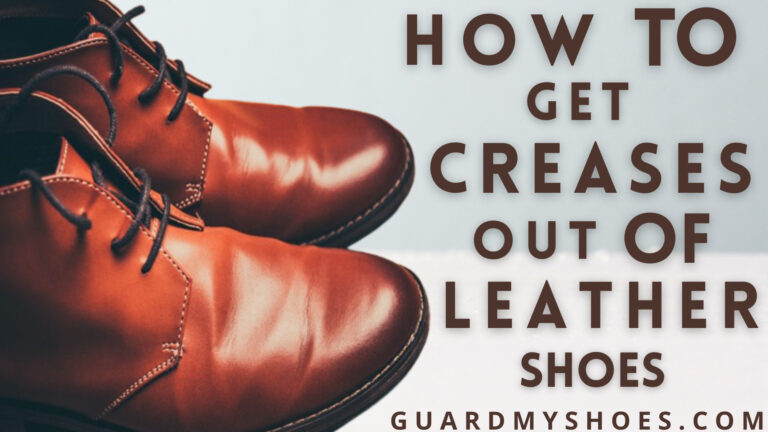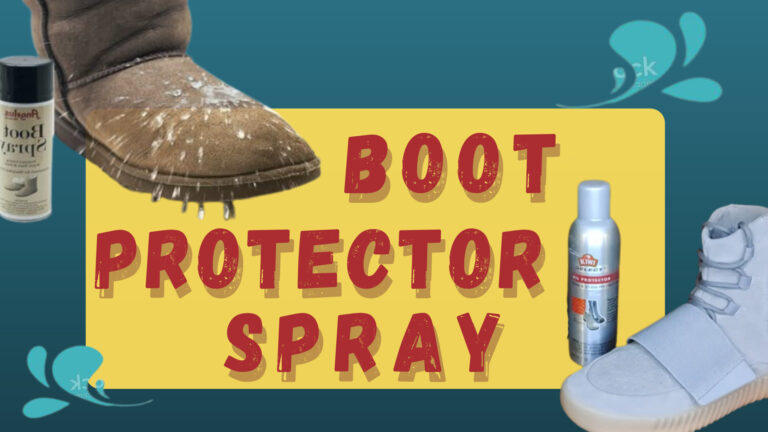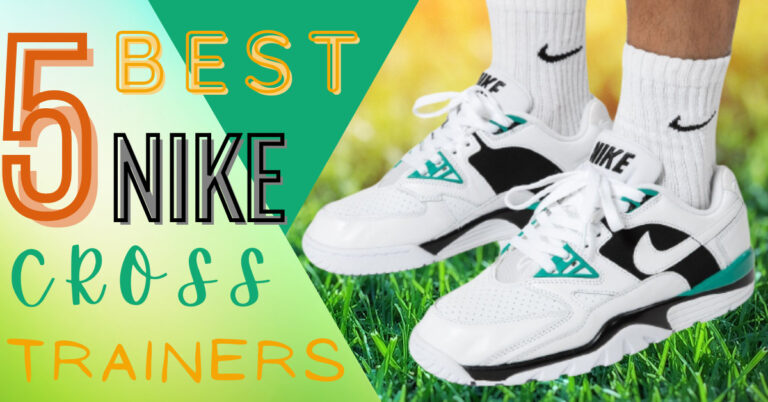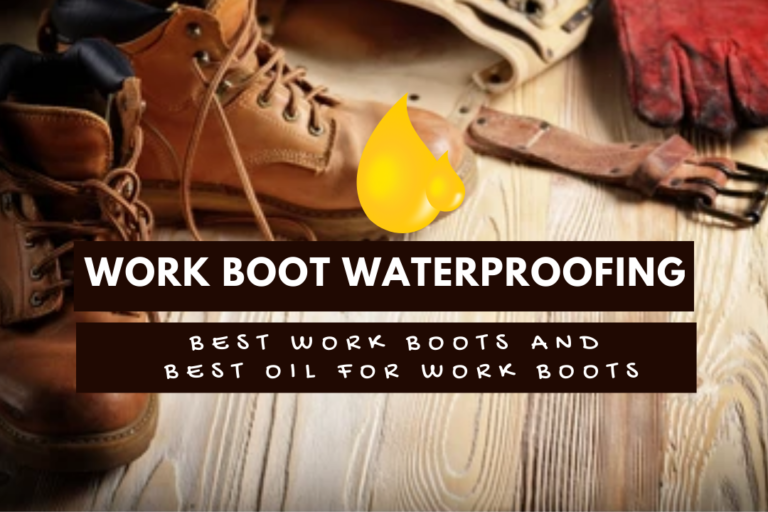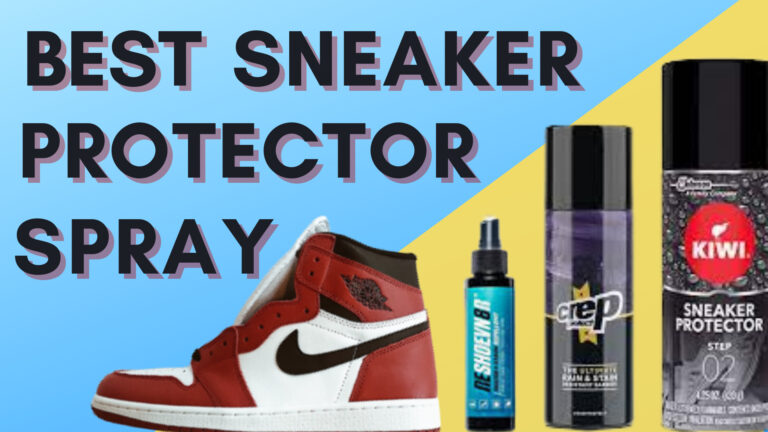How To Prevent Blisters From Shoes On The Back Of Heel?
Blisters are a pervasive problem if you have an active lifestyle. Frequent walking, running, and moving around can get you a blister. It is also known as shoe bite. Shoe bites can be painful at times when no proper treatment is taken. Blisters are the fluid-filled sacs that one can experience while running and walking. The main cause behind getting a blister is friction between your heels, toes, and shoes. When your skin rubs against your shoe or socks, you get a shoe bite.
When the rubbing between your skin and the shoe increases, you are at a higher risk of getting a blister. The higher rubbing can be due to faster walk, running for long hours, uncomfortable and unfitted shoes, or wearing a new shoe. Blisters can hinder your walk or run. Marathon runners are most affected by shoe blisters. Blisters can get worse if not treated on time. When you feel a blister stop your activity because of heat pressure and moisture, these foot blisters can worsen and cause bacterial infection.
It is better if you take proper precautions for getting a shoe bite. Note that your shoe must be fitted and comfortable. If you are wearing a new shoe, take a short walk rather than a long run. Give time to a new shoe to get adjusted to your feet. Slowly and gradually increase your walk, and when you feel comfortable with your new shoe, you can go back to your active routine.
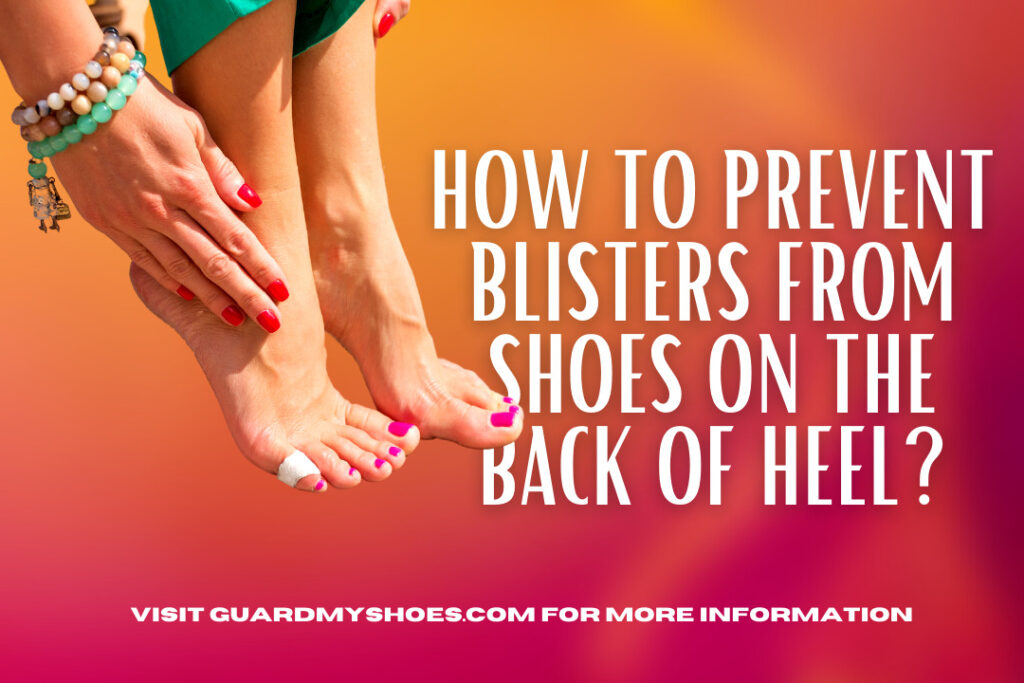
Guide To Prevent Blisters From Shoes
By taking the following steps, you can prevent a blister from your shoes. It is crucial to make your new shoe comfortable because a new shoe has some stiffness that goes with time. Once your shoe stuff becomes soft, you are good to go. If you feel your old shoe is giving you blisters or foot pain, change it immediately. Remove the source of rubbing in the shoes that give you blisters.
Choose A Right Shoe
As blisters are caused by friction so reduce the factors that increase the friction. Uncomfortable or small size shoe is one of the reasons. It is essential to have a shoe that gives a snug fit. Loose or uncomfortable shoes are more likely to provide you with shoe blisters. There is no single shoe that fits everyone. As individual differences exist, different people have different sizes. Get a shoe that is perfectly fit for your feet. Avoid shoes that squeeze your feet or allow your heel or particular areas of your feet to rub with the shoe.
If you are wearing your new shoes, keep your walk slow to avoid blisters. Take small steps, and over time, increase these steps to get comfortable with your new shoes. Do not wear a small shoe because you can get blisters under the toe or on the side of a toenail. Purchase a shoe for your feet that has proper width. It is crucial because your toes will have enough space to adjust while walking or running.
If your shoes and insoles have rough edges, they can rub against your feet and toes, putting you at risk of getting blisters. Try to have seamless shoes that can prevent you from blisters and pain. You can also use Heat-molded insoles for better support. If you can not avoid the seams and the rough edges of the insoles, try to lubricate and cover that area that comes in contact with the shoes.

Wear Synthetic And Double Layered Socks
Wearing socks can help in reducing friction. Choosing the right socks for your feet will keep you from getting blisters. Synthetic and double socks are a bit expensive, but it is worth the money if they prevent you from getting blisters. Cotton socks are lighter, but they cannot soak the fluid thoroughly. Non-cotton socks can wick the moisture properly and keeps your feet dry and moisture-free. Wear socks that properly fit in your feet and do not bulge at your toe or heels.
Wear double-layered socks if you indulge in a high-level activity that needs a long hour walk or run. The first layer will absorb the moisture or sweat, and the second layer will provide extra cushioning to your feet. Change your socks if you feel they are wet or moist during running or walking because moisture can cause bacterial infection if you are already a victim of foot blisters.
Lubricate Your Feet Properly
The friction between your shoe and your feet causes blisters. If you follow steps to reduce friction, you will successfully prevent your feet from blisters. Lubricating your feet well helps in reducing friction. Using ointments or petroleum jelly allows your feet to slide your feet rather than rub. Apply a proper coat of vaseline or petroleum jelly before running. It is also recommended to marathon runners and walkers. You can also use protective tape that is water-resistant and does not go away easily.
Keep Your Feet Moisture-Free
Keeping your feet dry is another method of avoiding shoe bites. One way is to invest in good socks made with synthetic material because they will help absorb moisture. The other way is using talcum powder and antiperspirants. Using antiperspirants and talcum powder helps in keeping your feet dry and reduction of foot blisters. You can also use cornstarch. Sprinkle corn starch or talcum powder in your socks. If you indulge in a prolonged run activity, reapply the talcum powder or cornstarch in the middle of the activity.
Cover Sensitive Areas Of Your Feet
Cover the areas of your feet that are more prone to blisters. Having any spot in your feet can get easily irritated by walk or run. To protect these specific spots, cover them with sports tape, bandages, paper tape, patches, or pads. Covering these spots will help in the prevention of forming blisters. Get the best protective tape for your feet, so it doesn’t wear off with a single wash.
Conclusion
It is a common saying that prevention is better than cure. Blisters can be painful and may get worse over time. Invest some time on your feet. Lubricate it well, try to keep your feet dry, wear comfortable shoes. If you do not feel comfortable in a shoe, change it. Do not allow blisters to come in your way of a healthy and active lifestyle. Also, if you are searching for trendy shoes to wear with the jumpsuit, here are the best shoes to wear with jumpsuits, you can check out.

